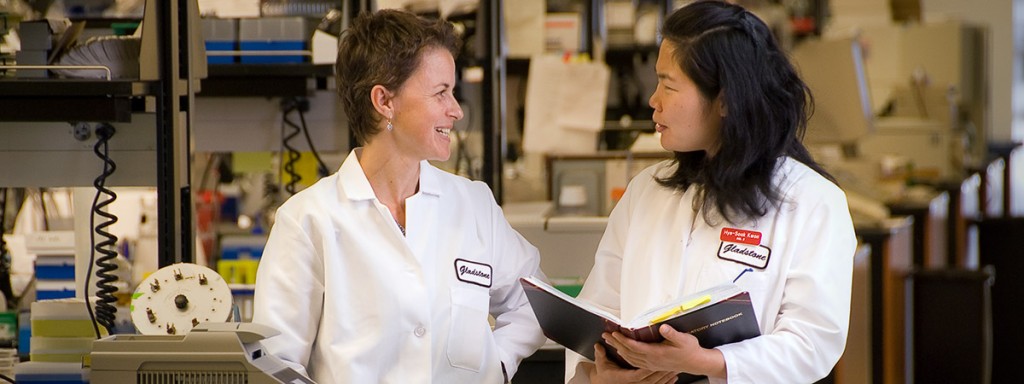Preventing Heart Cells from Turning to Bone

SAN FRANCISCO, Calif., March 18, 2015 (UPI) – Researchers from the Gladstone Institutes have identified a potential way to correct how blood flows in the heart protecting against the hardening of valves in cardiovascular disease.
Calcific aortic valve disease (CAVD) is the third leading cause of heart disease, affecting nearly 1.5 million people and resulting in 100,000 heart valve replacement surgeries in the U.S. alone. In CAVD, which can develop with age, heart valves begin to produce calcium, causing them to harden like bone.
Gladstone investigators have now revealed the chain of events that causes healthy valves to become bone-like and Deepak Srivastava, MD, director of cardiovascular and stem cell research at Gladstone and a pediatric cardiologist at the University of California San Francisco (UCSF), has also previously discovered that disruption of one of two copies of a master gene called NOTCH1 can cause valve birth defects and CAVD.
In a collaborative effort between the Gladstone laboratories of Benoit Bruneau, PhD, Katherine Pollard, PhD, and Dr. Srivastava, the scientists used stem cell technology to make large amounts of endothelial cells from patients with CAVD. The researchers used the power of gene sequencing and computational methods to uncover the “source code” for human endothelial cells and learn how that code is disturbed in human disease.
“By understanding the gene networks that get disrupted in CAVD, we can pinpoint what we need to fix and find new therapeutics to correct the disease process,” says first author Christina Theodoris, an MD/PhD student at the Gladstone Institutes and UCSF.
The scientists were able to find the three key genes that were altered by the NOTCH1 mutation and also acted as master regulators, turning off the critical pathways that normally prevent inflammation and calcification. When the researchers manipulated the activity of these three genes, almost all of the other genes in the network were corrected. The scientists are now screening for drugs that restore the gene network to its normal state.
“Identifying these master regulators is a big step in treating CAVD, not just in people with the NOTCH1 mutation, but also in other patients who experience calcification in their valves and arteries,” says Dr. Srivastava. “Now that we know how calcification happens and what the key nodes are, we know what genes to look for that might be mutated in other related forms of cardiovascular disease.”
Funding for the study was provided by the Bench to Bassinet Program of the National Heart, Lung, and Blood Institute (NHLBI), several research foundations and the American Heart Association.







